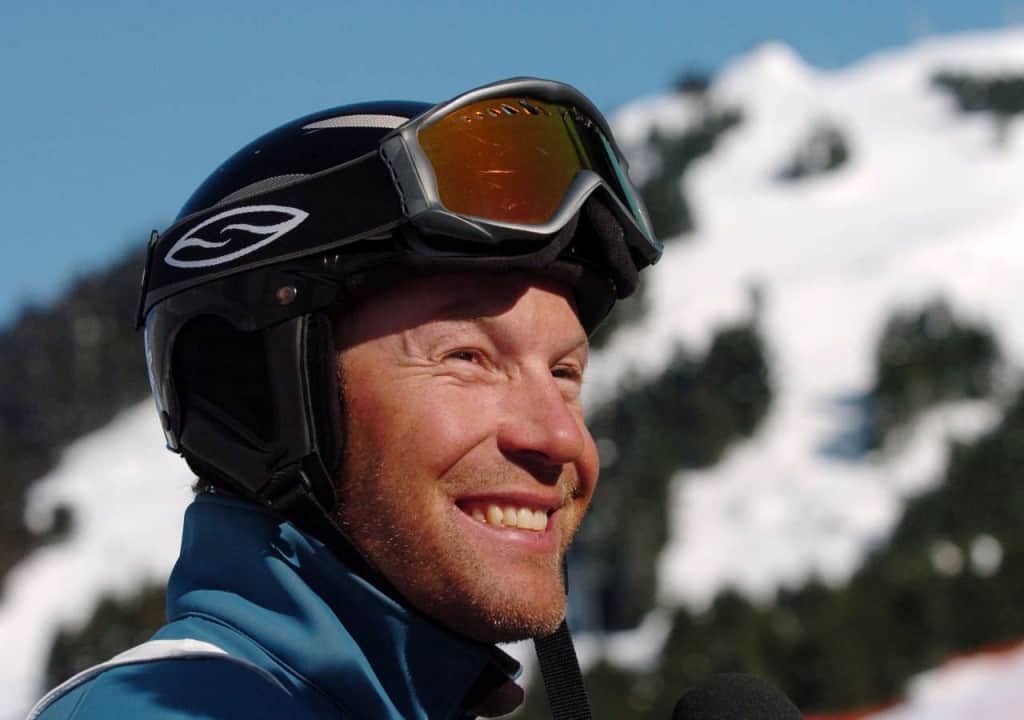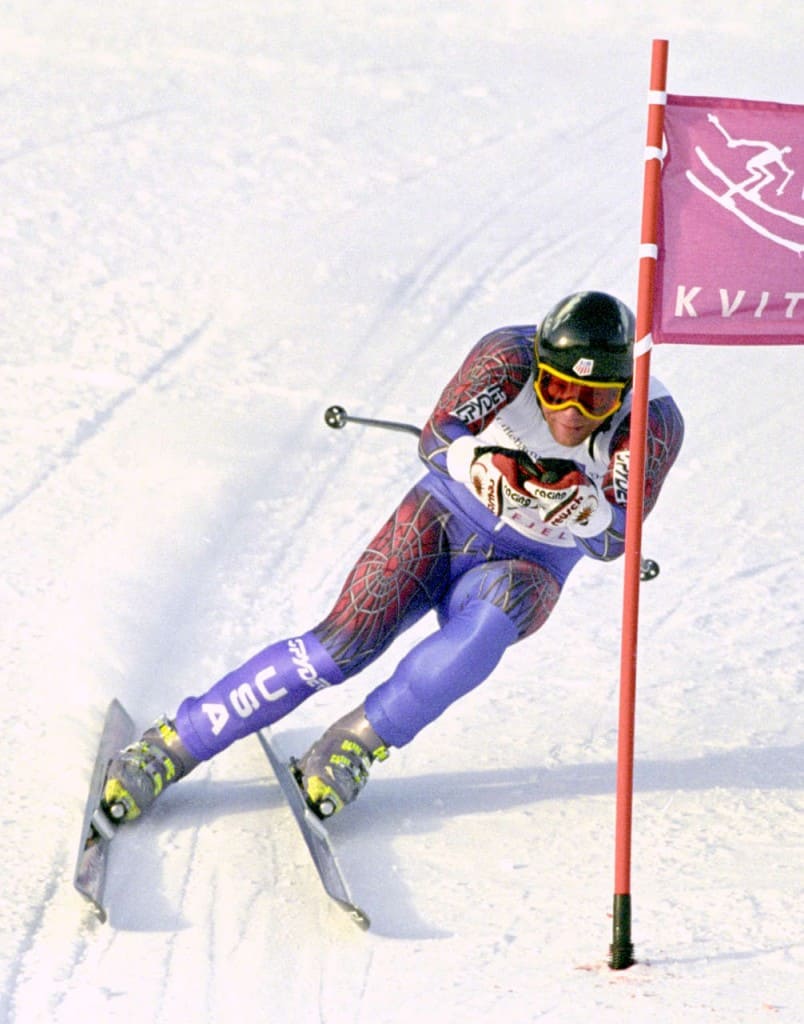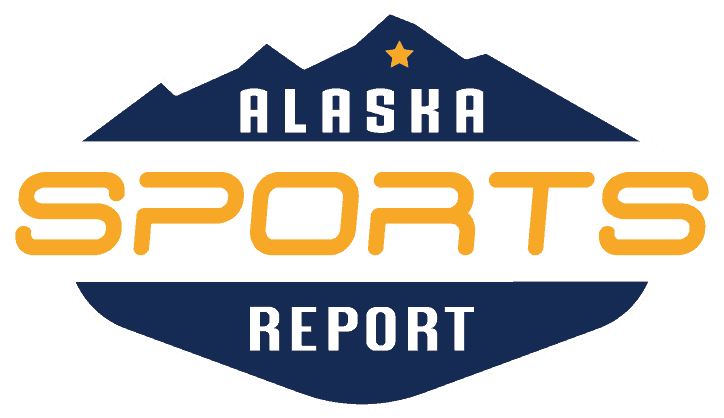
Five years before he became an Olympic downhill champion, Tommy Moe was a 19-year-old shouldering the weight of enormous expectations at the World Junior Alpine Ski Championships.
The week-long race series was held at the Alyeska Ski Resort in April 1989, one of a handful of major international competitions that made its way to Anchorage in the late 1980s during the city’s failed quest to host the Winter Olympics.
A few months earlier, Anchorage had played host to the World Junior Hockey Championships. Now it was skiing’s turn in the spotlight. The world’s best junior-level skiers (19 years and younger) were in Girdwood, ready to scorch the slopes.
Headlining it all was Moe, a phenom from Palmer who trained at Girdwood’s Glacier Creek Academy. He had already asserted himself on the world stage that season by capturing the super-G title at the U.S. National Championships and placing 12th in the downhill at the World Alpine Championships.
Now he was on his home mountain, and very much the favorite. He was the guy people came to watch that week, the guy who kids crowded for an autograph.
The downhill was the first race of the championships. Moe, the world’s top-ranked junior in the downhill and super-G, had won three of the four training runs. Everyone — the U.S. Ski Team, the media, Alaskans and Moe himself — expected a medal.
It didn’t happen. Moe placed fifth, .29 of a second off the podium. Canada’s Ed Podivinsky was the surprise winner.
Moe downplayed his disappointment.
“It’s just another ski race. I’ve got plenty more,” he told reporters, though he admitted it was a letdown. “I wanted to be at least first or second, so maybe there was a little bit of pressure. But I’m on my home turf, and if anything that’s to my advantage. I didn’t win so I’m kind of unhappy, but I’ve got another race tomorrow and super-G’s my best event.”
The next day, Moe claimed the super-G gold medal by nearly half a second.

Tommy Moe. Photo courtesy of the Dallas Morning News.
“Man, I’m psyched,” he said. “Yesterday there was a little too much pressure because I wanted to win. Today I got in the right mode. Today I was a lot more relaxed.”
Moe went on to place seventh in the giant slalom and 22nd in the slalom. His slalom finish, coming on the final day of the championships, was worth another gold medal — it vaulted him to the top of the combined standings.
With the two golds, Moe was king of his homecoming.
“It couldn’t have gone better. Having the World Juniors at home and winning a race. That’s what I set out to do,” he said. “I’m really happy. This has been one of the biggest weeks of my life, because everyone has been behind me so much. There was a little pressure at first — everyone was giving me advice on how to ski, telling me to go out and win — but once I got the downhill out of the way I was set. I knew I had the pressure out of the way and I could go for it.”
Throughout the week, Moe was an accommodating hometown hero, talking to fans, signing autographs and dealing with the press after every race, good or bad.
Five years later, at the 1994 Winter Olympics in Lillehammer, Norway, he rocketed to a different stratosphere of fame. He raced to gold in the downhill and silver in the super-G in what remains one of the greatest Olympic performances in alpine skiing by an American man.
A couple of others who raced at Alyeska in 1989 also went on to Olympic glory. Germany’s Katja Seizinger, who won silver in super-G and bronze in slalom in Alaska, won four medals at three Olympics, including golds in the 1994 and 1998 downhills. Norway’s Kjetil Andre Aamodt, whose best finish in Alaska was seventh in the giant slalom, won two medals at the 1992 Albertville Olympics and one at the 1994 Lillehammer Olympics.
The podium for the men’s downhill in Lillehammer was a throwback to the 1989 World Juniors: gold to Moe, silver to Aamodt, bronze to Podivinsky.

